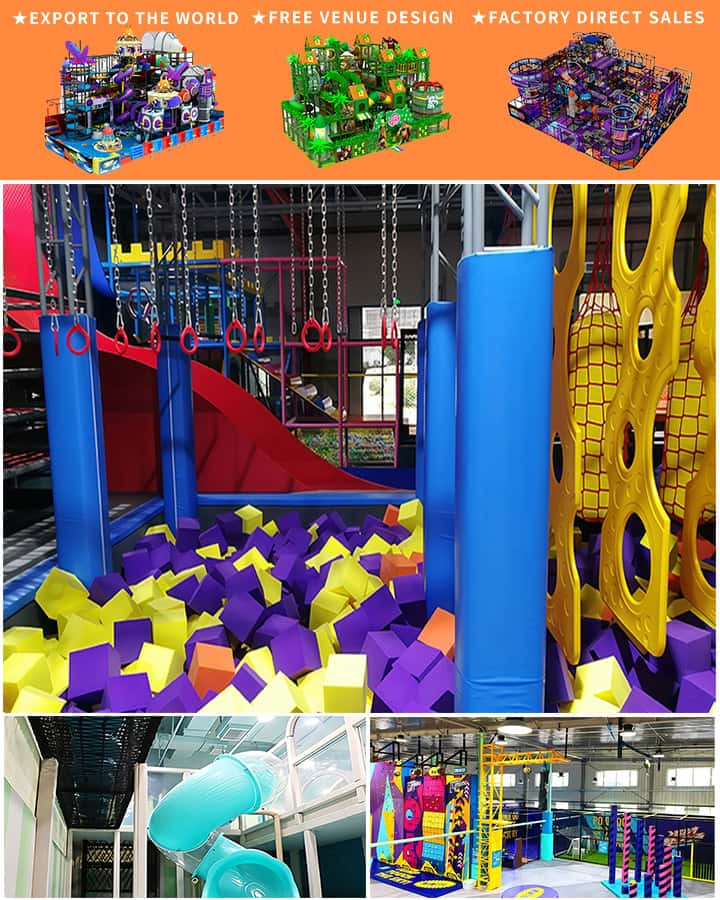In recent years, there has been a significant shift towards integrating natural elements into children’s playgrounds across Canada. This movement, often referred to as the “Natural Playground Equipment” trend, focuses on utilizing organic materials and environmentally friendly designs to create safe, engaging play areas for kids. From wooden structures to recycled materials, natural playground equipment is redefining the way Canadian communities think about outdoor play.
The Essence of Natural Playgrounds
Natural playground equipment emphasizes sustainability and the use of materials that blend seamlessly with their surroundings. Unlike traditional playgrounds made from metal and plastic, these eco-friendly spaces often incorporate elements such as logs, stones, and sand. The primary goal is to provide a sensory-rich environment that encourages imaginative play and connects children more deeply to nature.
One of the key features of natural playgrounds is their minimal ecological footprint. Wooden play structures, for instance, are typically sourced from sustainable forests and can be left to biodegrade naturally when their lifespan ends. Moreover, the inclusion of living plants and trees within these playgrounds enhances local biodiversity and offers educational opportunities about ecosystems.
Benefits for Children

The advantages of natural playground equipment extend beyond environmental benefits; they also offer substantial developmental benefits for children. Playing on natural surfaces like grass, mulch, or wood helps improve balance and coordination. The tactile experiences provided by interacting with natural materials stimulate sensory exploration, fostering cognitive and motor skill development.
Moreover, natural playgrounds promote unstructured play, where children can create their own games and scenarios. This form of play is crucial for developing problem-solving skills, creativity, and social interactions. It allows children to take risks in a controlled environment, helping them build resilience and confidence.
Community and Environmental Impact
Natural playgrounds also have a positive impact on communities and the environment. By using locally sourced materials, these playgrounds reduce the carbon footprint associated with transportation and manufacturing. They serve as community gathering spots that encourage family bonding and outdoor activity, countering sedentary lifestyles exacerbated by screen time and modern conveniences.
Incorporating natural playground equipment can transform urban landscapes, making cities greener and more inviting. These green spaces act as mini-ecosystems, improving air quality and providing habitats for wildlife, thus contributing to overall ecological health.
Challenges and Considerations
While the benefits are compelling, there are challenges to consider when designing and maintaining natural playgrounds. Ensuring safety is paramount; natural materials must be carefully selected and inspected to avoid hazards such as splinters, sharp edges, or toxic plants. Additionally, maintenance requires ongoing attention to keep the area clean and safe, though it often proves to be less intensive compared to synthetic playgrounds.
Another consideration is cost. Initial installation costs can be higher due to the need for specialized materials and skilled labor. However, many municipalities find that the long-term savings in maintenance and replacement costs justify the initial investment.
Conclusion
The rise of natural playground equipment in Canada reflects a growing awareness of the importance of sustainability and the benefits of connecting children with nature. These playgrounds offer a harmonious blend of fun and education, promoting physical health, creativity, and environmental stewardship. As communities continue to embrace this trend, natural playgrounds are set to become a staple of Canadian landscapes, enriching the lives of future generations while preserving the planet for years to come.




